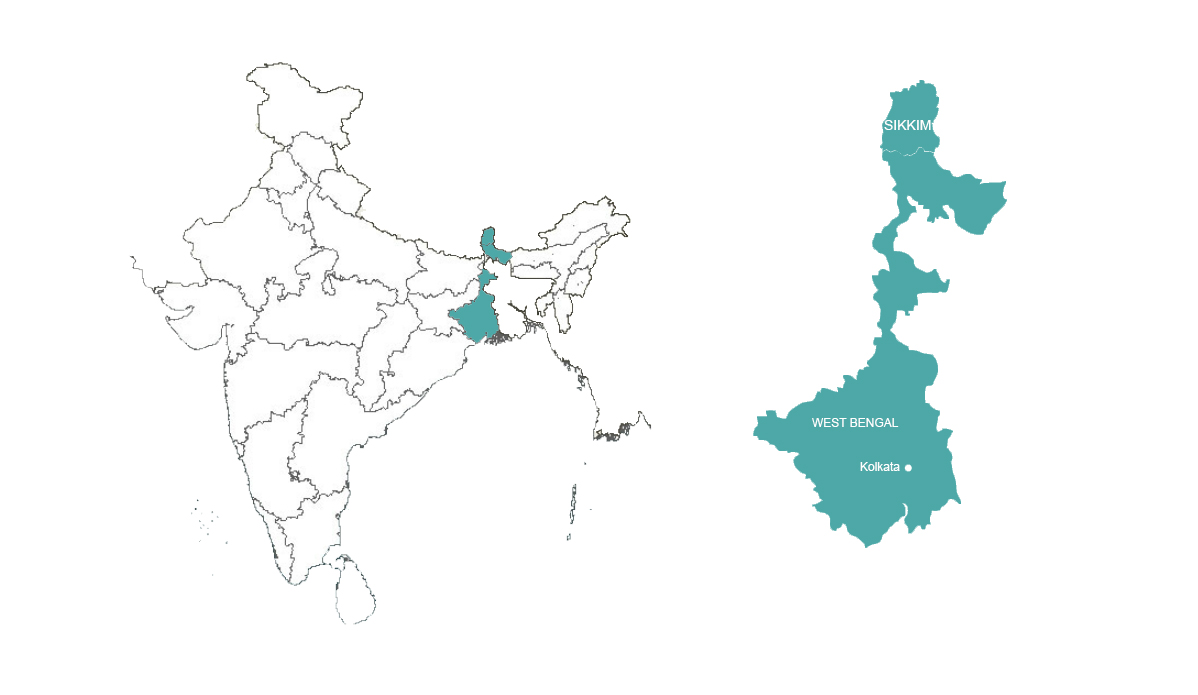After the Partition of Bengal, scores of young Bengalis, dissatisfied with the methods of the Swadeshi agitators, joined groups such as the Anushilan Samiti, which at one time had more than 500 branches.
Another society led by Barindra kumar Ghosh (brother of Aurobindo) was the first to collect arms and made preparations for a large-scale uprising.
Its activities were nipped in the bud, but for the next ten years revolutionary activities were a regular feature of life in Bengal.
ADVERTISEMENTS:
Militant groups were also active in Maharashtra and Tamil Nadu, and groups composed of Indians living abroad were formed in England, France, Germany and the United States.
The enthusiasm of the extremists that was denied an outlet in Congress politics found a more vehement one in revolutionary activities.
Even before the split at Surat, the more ardent of the Extremists began to form secret societies sworn to the use of physical force to obtain independence.
ADVERTISEMENTS:
This was the first time that militant resistance to British rule had been organized effectively.
The aim of the revolutionary movement was a full scale war of independence. Conditions in India did not favour such an attempt, though a serious effort was made in this-direction during the First World War.
